Start from Jimbocho Station and explore books at many used bookstores on Suzuran Dori. After that, visit the National Museum of Modern Art, Tokyo, Science Museum, and Yasukuni Shrine near the Imperial Palace and walk to Iidabashi Station.
- Time required: 5 hours 56 minutes
- Walking time: 56 minutes (4.3 km)
- Number of steps: 5600 steps * Not included in the building
Jimbocho Station
Jimbocho Station has a university, so there are many students and many second-hand bookstores. It’s an irresistible city for book lovers.
Suzuran-dori (60 minutes)
Since the Meiji era, many public and private universities have been established near Jimbocho. Inevitably, bookstores gathered, and now it has become the world’s largest bookstore district with about 150 stores.
In addition, there are many well-known publishers, and many long-established stores for literary masters remain in “Kanda Suzuran-dori Shopping Street”.
The National Museum of Modern Art, Tokyo (60 minutes)
The biggest feature is the largest collection in Japan with more than 13,000 items including important cultural properties such as Taikan Yokoyama, Hishida Shunsou, and Ryusei Kishida. We have a large collection of masterpieces of Japanese art covering a wide range of genres from the Meiji era to the present, including overseas works.
The “MOMAT Collection”, an exhibition of about 200 selected works from each exhibition, is the only exhibition in Japan where you can see the history of Japanese art for over 100 years at once. The admission fee is 500 yen.
Science Museum (60 minutes)
The Science Museum was established in April 1964 with the aim of disseminating and enlightening the general public about knowledge about science and technology and industrial technology from the present to the near future.
At the Science Museum, there is no information such as guided tours. Please feel free to visit according to your own interests while looking at the leaflet distributed at the ticket office on the 1st floor. The admission fee is 880 yen.
Edo Castle Shimizumon (30 minutes)
It is the east gate of Edo Castle Kitanomaru (currently Kitanomaru Park). The gate consisting of the Koryo Gate and the Wataru Gate, which dates back to the Edo period, has become an important cultural property of Japan.
It is said that the name Shimizumon is derived from the land where Shimizu springs up before Edo Castle was built.
Kitanomaru Park (30 minutes)
Kitanomaru Park is the place where Kitanomaru of Edo Castle was located, and the name of the park is derived from this. Since the Meiji era, it has been used as a military camp for the Imperial Guard and many buildings have been built.
Currently, it will be used as a green space around the Imperial Palace and has been renovated as a forest park. The park was opened in 1969 to commemorate the 60th birthday of Emperor Showa and was opened to the public.
Yasukuni Shrine (30 minutes)
It is one of the most famous shrines not only in Tokyo but also in Japan. Approximately 2.4 million war dead, including military personnel, nurses, and civilians who died in the war, are enshrined.
Historically, it has often been the subject of political controversy. Although there are historical issues, the magnificent torii gate welcomes worshipers, and the beautiful precincts and Japanese gardens spread out.
Tokyo Daijingu (30 minutes)
Tokyo Daijingu is located in an office district lined with buildings. It is one of the prestigious “Five Tokyo Companies” that is popular as “Ise-sama in Tokyo”.
Furthermore, it is rapidly gaining popularity as the “power spot of love”, which has the greatest benefit of marriage in Tokyo.
Iidabashi Station
There is also a “Historic Site View Terrace” on the 2nd floor of the West Exit Station Building, where you can see the historical sites of Edo Castle, “Ushigome Mitsuke Ruins” and “Edo Castle Sotobori Ruins”.
The station numbers of Iidabashi Station are Chuo / Sobu Line “JB 16”, Tozai Line “T 06”, Yurakucho Line “Y 13”, Namboku Line “N 10”, and Oedo Line “E 06”.
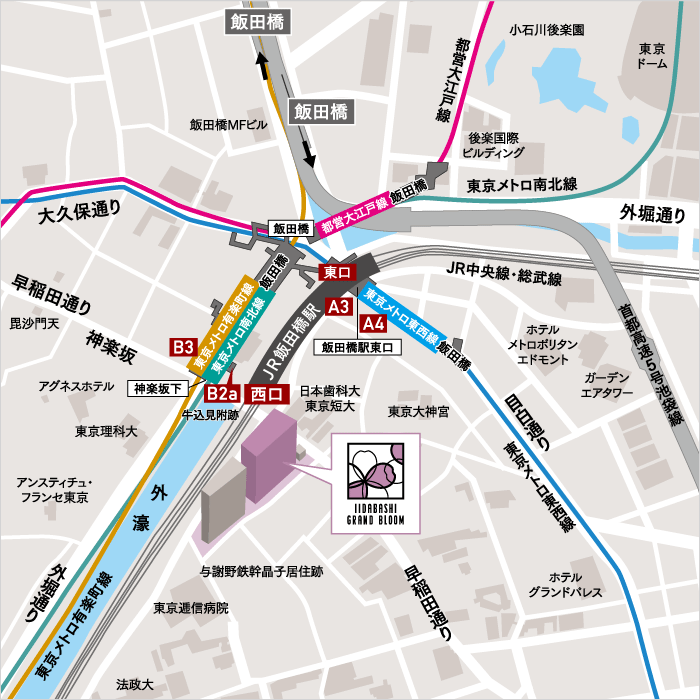

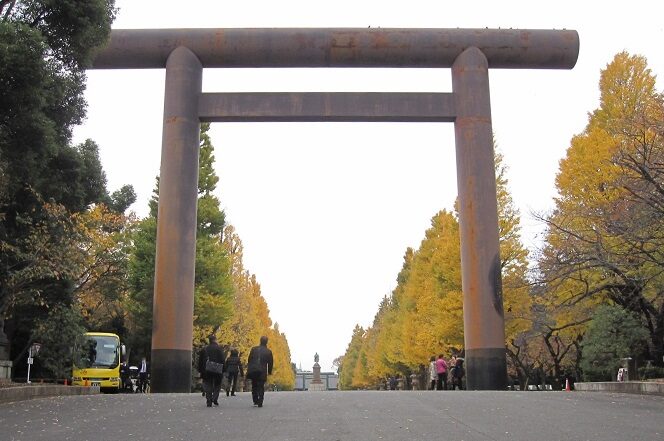
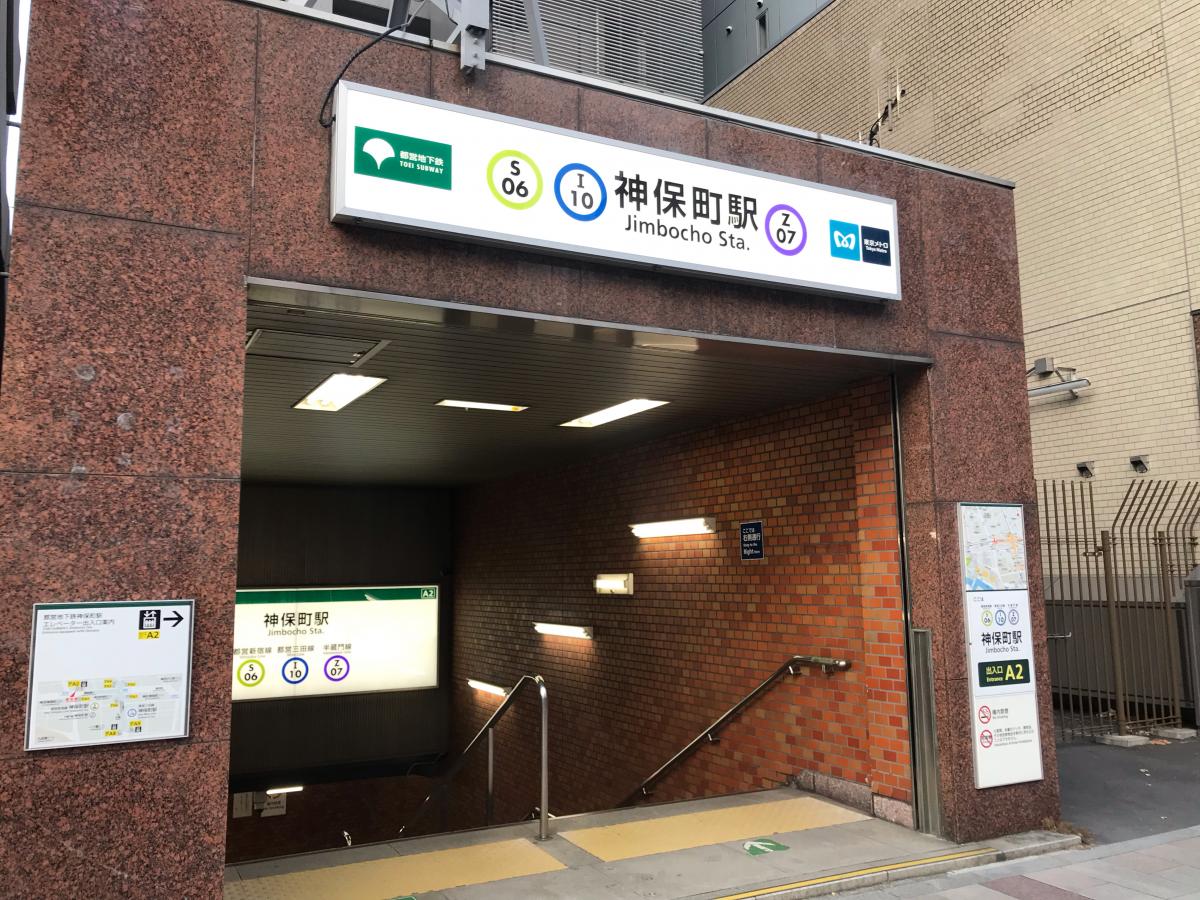
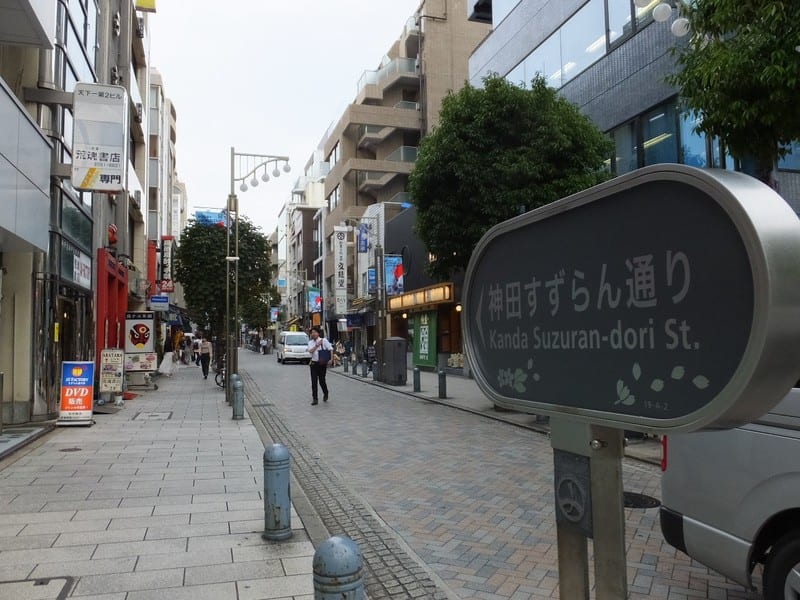

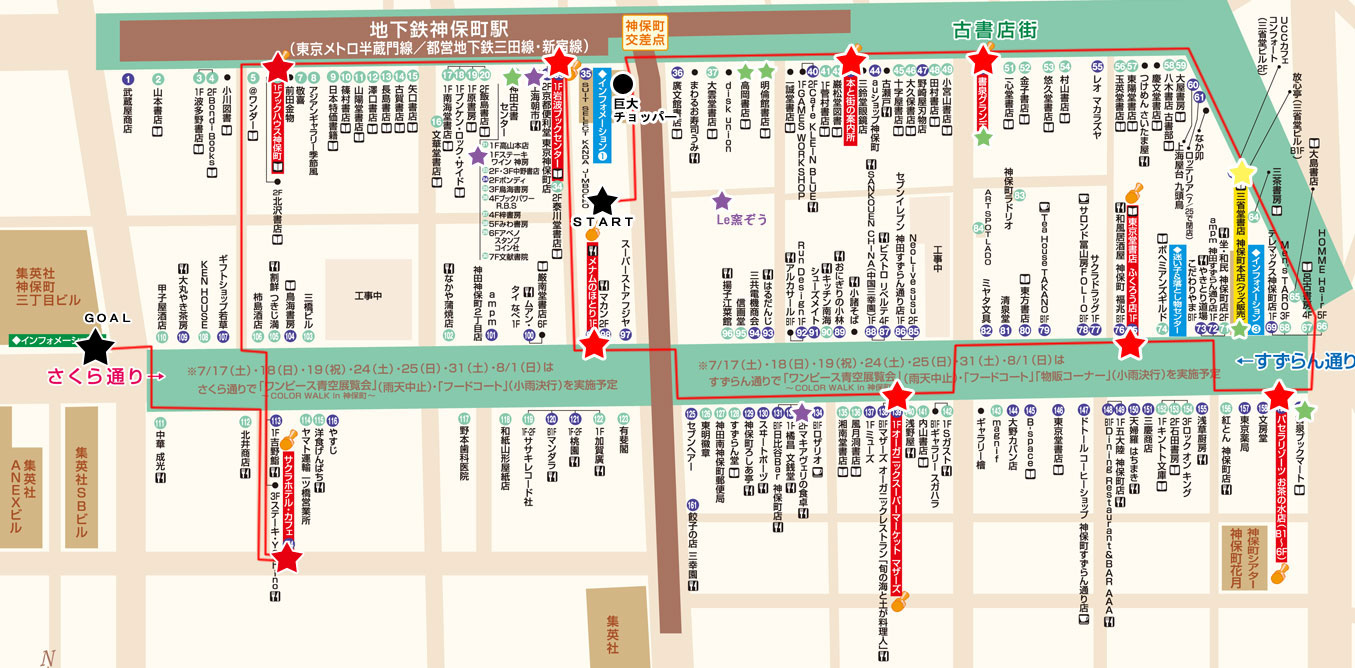
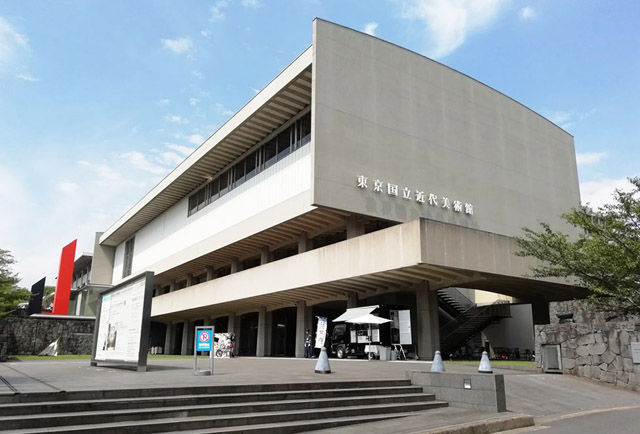
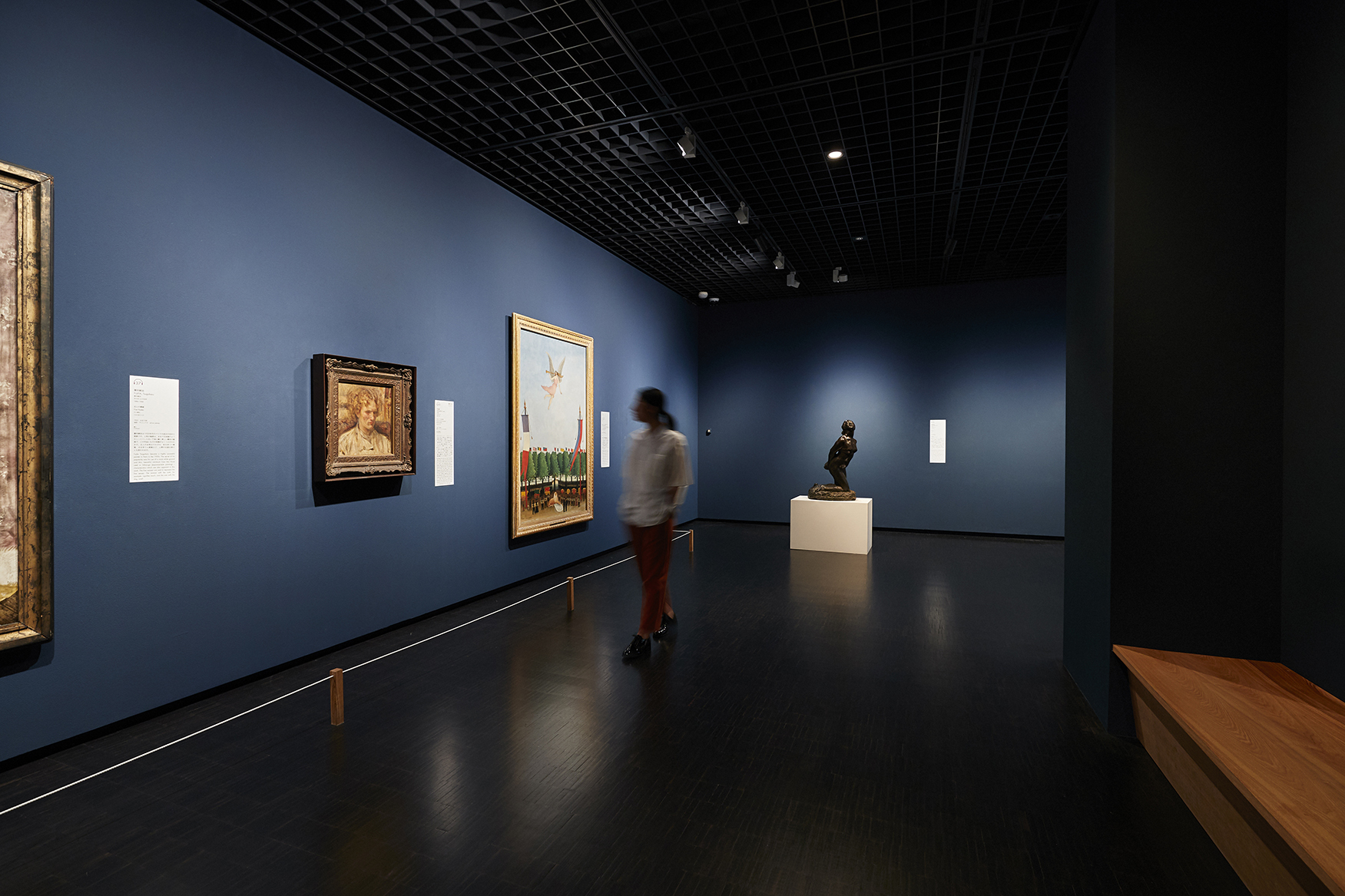
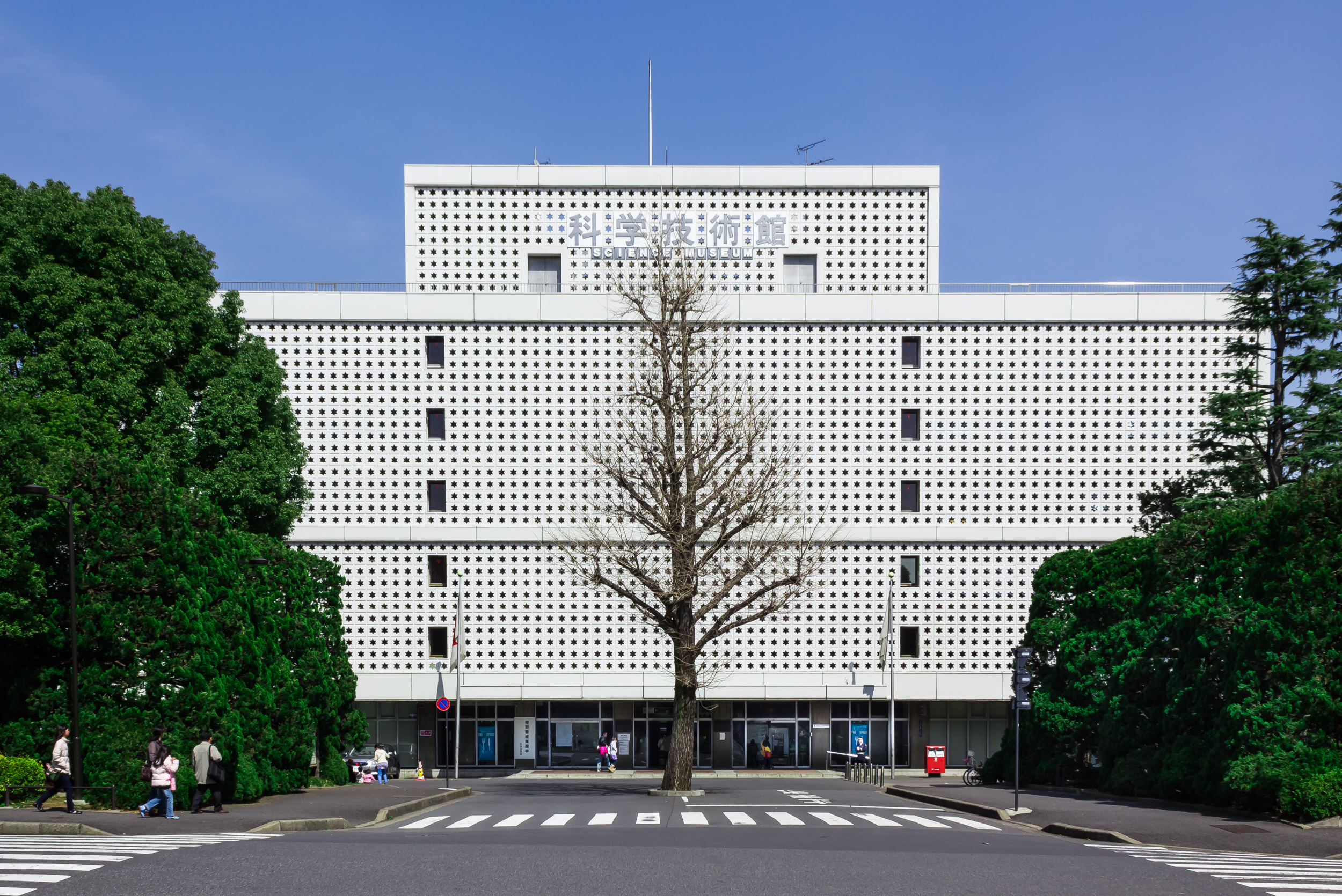
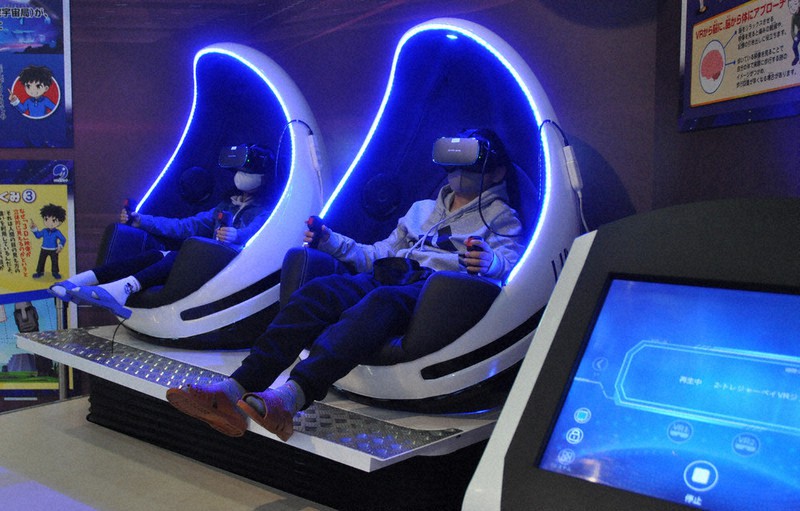

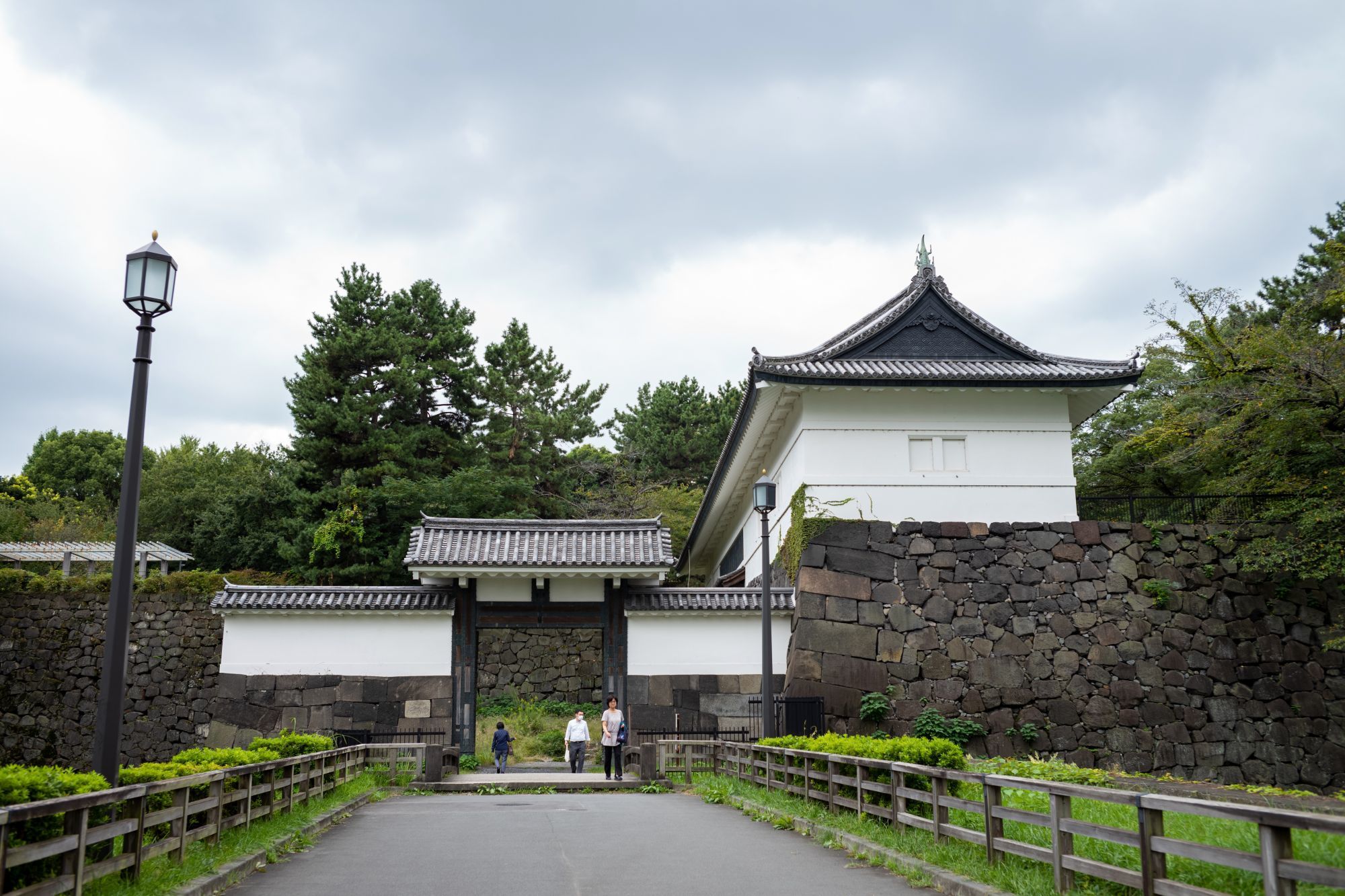
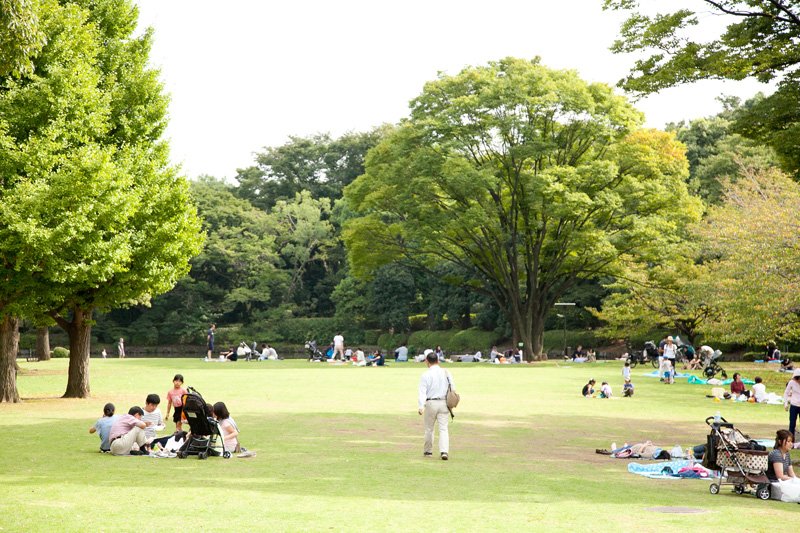
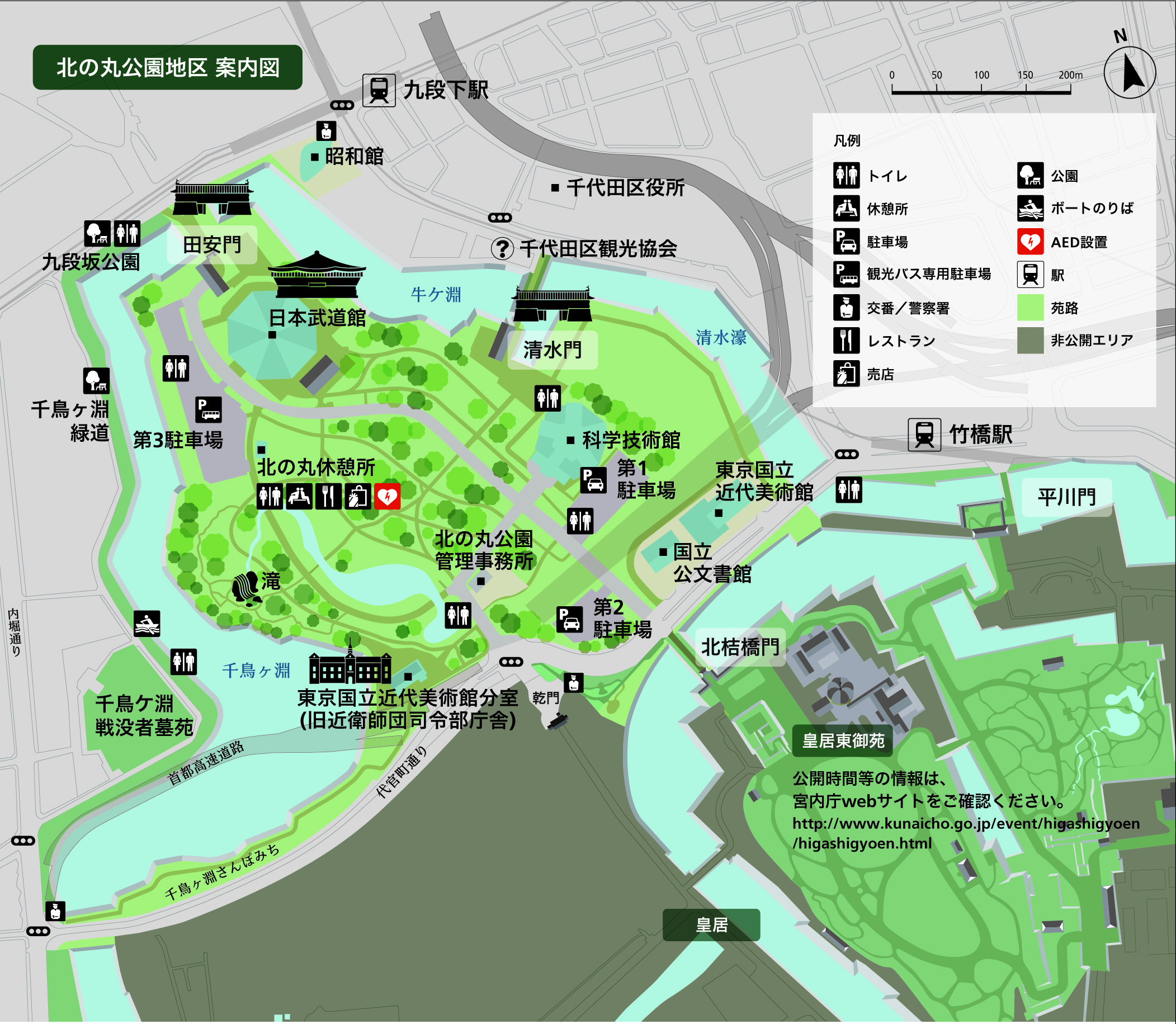
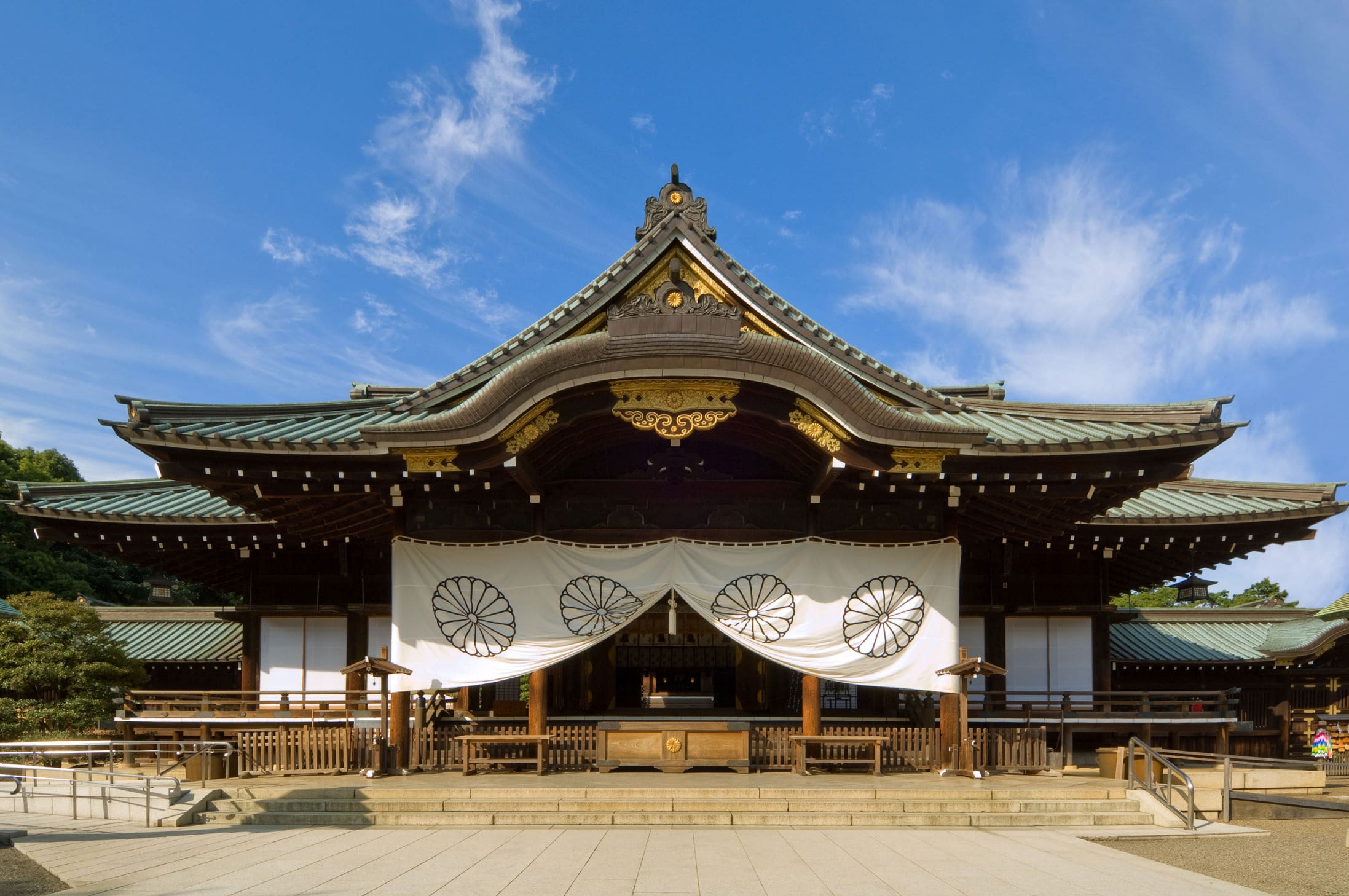
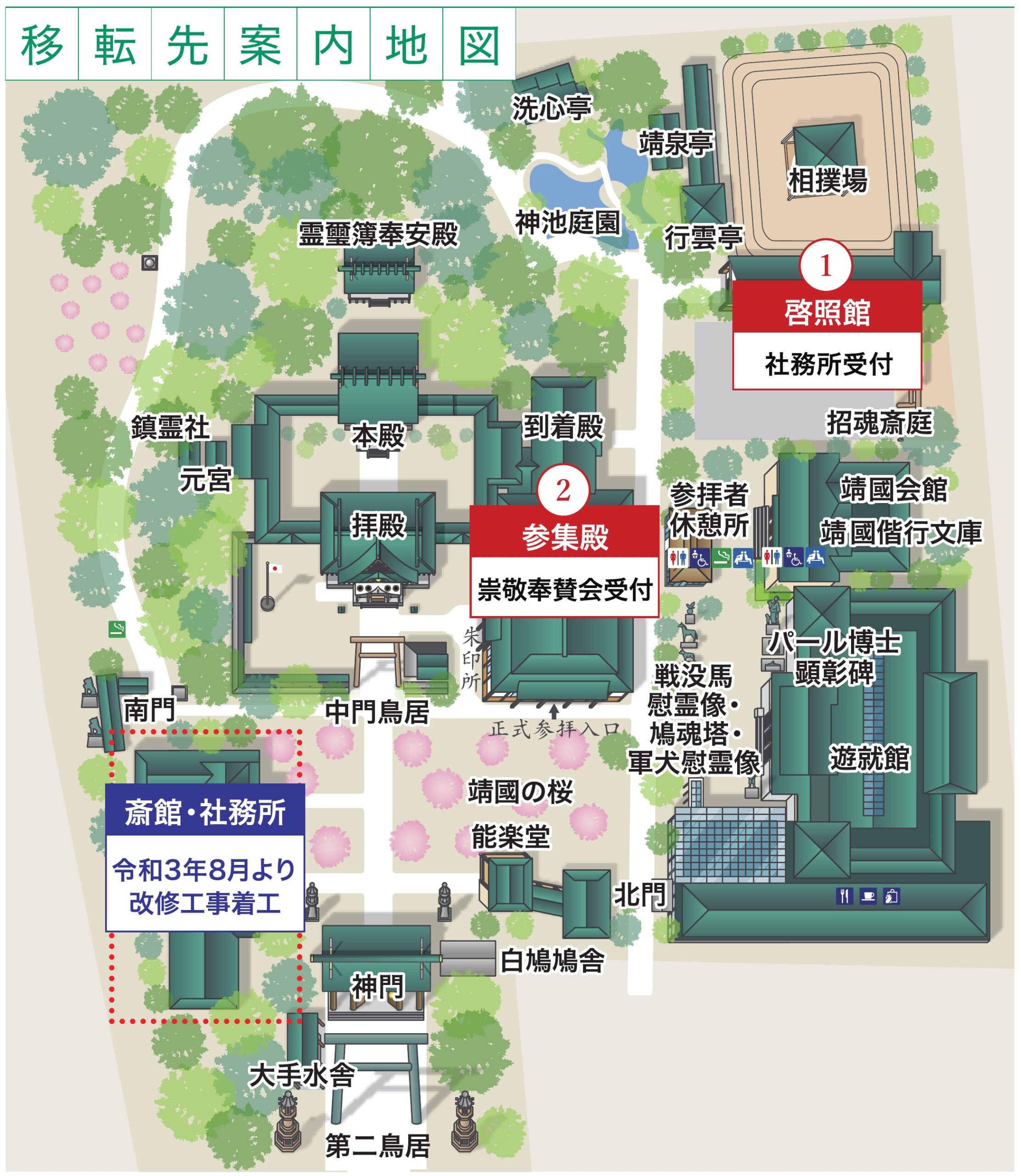

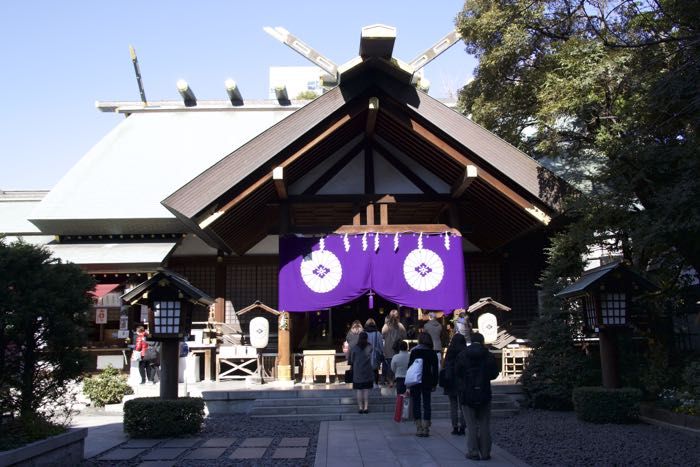


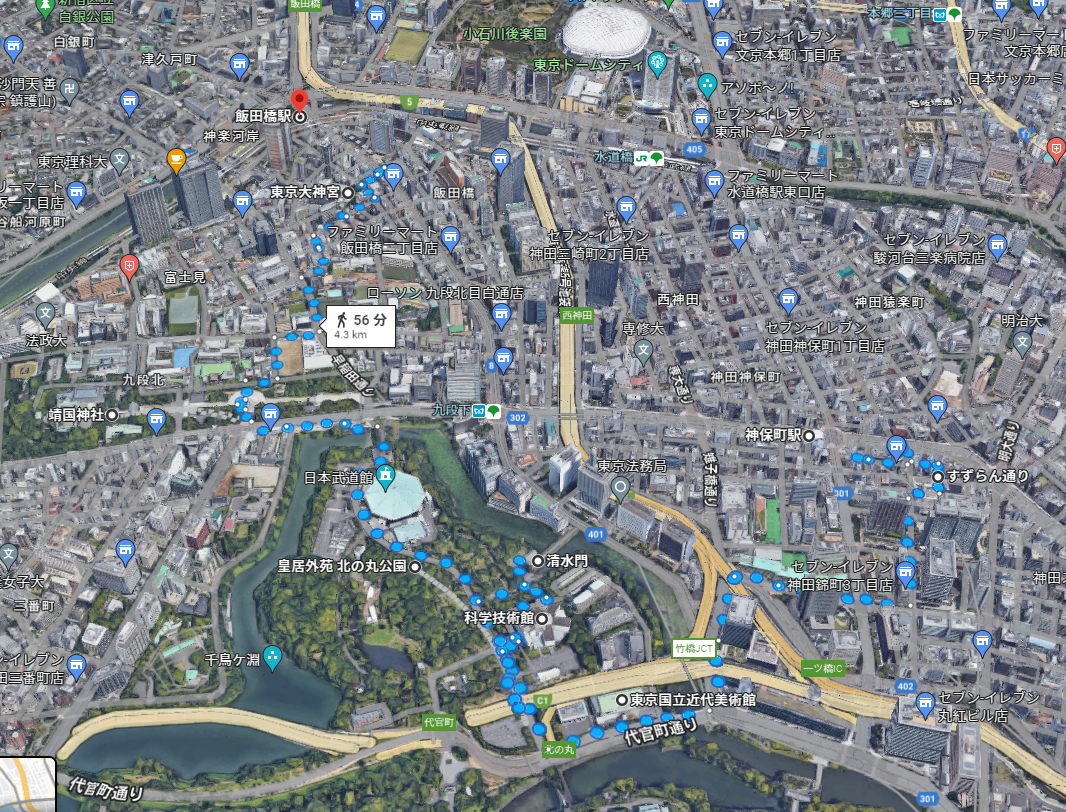
comment